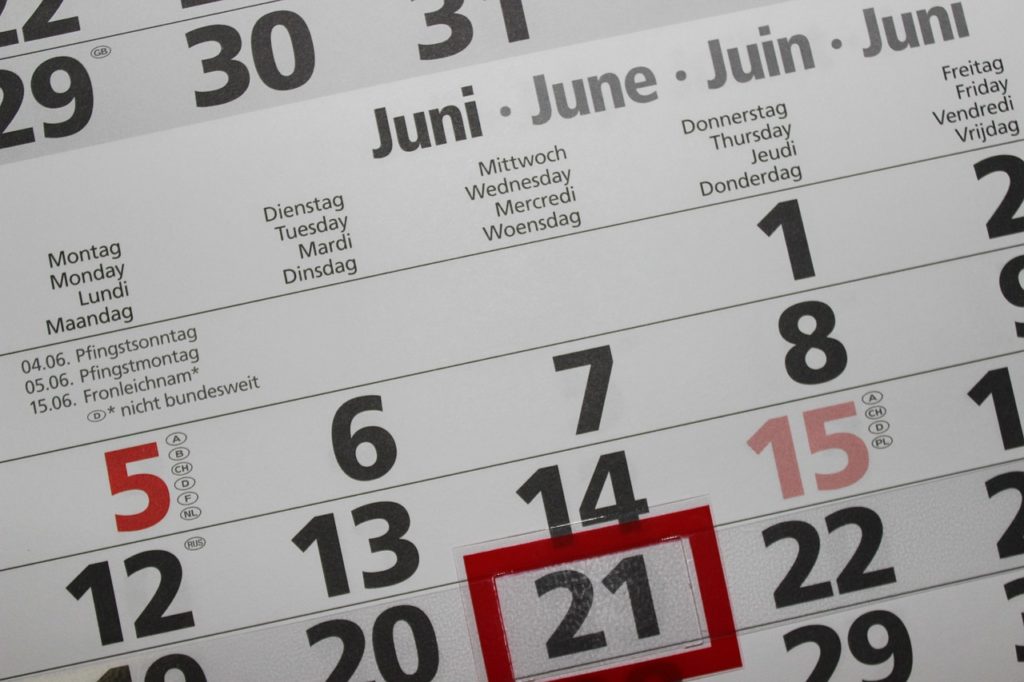
12 Best Practices of Elite Executive Assistants
In my 20-plus year career from intern to COO, I’ve worked with dozens of executive assistants (EAs). They’ve all made me appreciate how important and difficult the EA job is. Here are the 12 best practices I learned from some exceptionally talented Executive Assistants I’ve been lucky to see in action.
I – Optimizing the calendar – Scheduling meetings is a large part of the EA role. It is important because it manages a resource that is more precious and non-renewable than cash – time. Here are three best practices in calendar management:
- Incorporate External Patterns – Executive’s schedules are often bounded by fixed, external patterns they have to work around. Elite EAs learn to identify and incorporate patterns such as family obligations or the CEO’s schedule into their boss’ calendar.
- Filter Requests – People often ask for a meeting when an email to, or return phone call from, the boss will suffice. Elite EAs learn to understand the underlying needs for meeting requests and figure out the best way to meet them. Sometimes a 45 meeting is required for a deep dive, sometimes a 15 minute meeting is enough. Sometimes an email, phone call or ‘drop-by’ would be a faster, more efficient way to get a decision.
- Build in Space – Unmanaged, every single minute of an executive’s schedule quickly gets overbooked. Elite EAs know when they need to leave some un-programmed time in their boss’ schedule. One trick to do this is to have meetings start at 15 minutes after the hour instead of on the hour to keep meetings to 45 minutes and to give the boss some time to transition from one meeting to another. (It also helps meetings start on time.)


II – Making meetings efficient – Scheduling meetings efficiently is half the battle. Ensuring those meeting slots are used efficiently is the other half. Every meeting is a significant investment of the time of people involved. Each hour-long meeting with several people can easily represent an investment of $1000 or more of salaries. Elite EA’s treat that investment even more carefully than they treat a $1000 order of office supplies. Here are three best practices in making meetings efficient.
- Reconfirm Logistics – There is often a time gap between when a meeting is put on a calendar and when it happens. A meeting slot is wasted if people do not show up on time or if the meeting room is busy. Elite EAs confirm attendees and the room before every meeting.
- Ensure Preparation – Even if all the attendees show up and the room is set, a meeting slot can still be wasted if the people in it are not prepared to discuss the issue at hand. Elite EAs gather an agenda (see example) and any material to be presented the day before so the executive can prepare the questions they need answered before the decisions they are being asked to make. Some also package these materials in a folder the executive can review the night before. (See example.)
- Ensure Follow-Up – A meeting is only as productive as the results that occur after it. Elite EAs debrief their bosses to figure out what the follow-up expectations are from each meeting and send those out to all meeting attendees as notes and “action items.” (Elite EAs also remind people of those by inserting those action items into the agendas for any future meetings. See example.)


III. Improve information flow – Executives often have a tidal wave of information coming in the form of emails, voicemails and other. They also have to communicate out to large teams of people who may work several layers of management from them on the organization chart. Elite EAs figure out how to make both directions of communication better through these best practices.
- Skim Inbound – The amount of emails and communication an executive gets multiplies with the number of people in the group they lead. 80 percent of incoming communications probably aren’t critical, 20 percent probably are. Elite EAs work out arrangements where they filter inboxes to help their executives focus on what they need to see and deal appropriately with what they don’t need to see.
- Coordinate Outbound – Executives’ organizations often have many different teams that have independent interactions with many different parts of the organization. In some cases, the executive may want advance notice before communications from their team go out. If those interactions look uncoordinated, the executive may want to consolidate messaging into scheduled channels. Elite EAs help their executives ensure communications are coordinated.
- Build Institutional Knowledge – EAs have a unique vantage point to see all the information that comes in and goes out of an executive’s office. Elite EAs learn how to help their boss capture and share that information to help the broader organization learn from it. Sometimes that means learning tools like PowerPoint to help the boss communicate out to the team. Sometimes that means posting information on the company intranet.


IV – Be an ambassador. – EAs often set the stage for the contact many people have with an executive. They welcome people to meetings, answer phones, and arrange travel on behalf of their executive. EAs often determine the first impression people get of the executive. Elite EAs figure out how to deliver great impressions consistently through these best practices.
- In Person Visitors – Two things often happen with meetings with executives – they are on the executive’s turf and people arrive early. EAs make the crowd for the next meeting feel welcome. Elite EAs set the stage for visitors and give their executive real time intel on what the energy of their meeting is going in.
- Phone Callers – It is easy to project a professional, ambassadorial attitude when you answer the phone. It is harder to arrange for the phone to be answered in that same way when you can’t cover it personally. Elite EAs learn how to have an established coverage system where they can automatically have the calls routed to other trusted recipients.
- The Organization – The EA is the ambassador to the administrative professional community in their executive’s organization. Administrative professionals are key to ensuring the executive at the top of the organization is connected to all the corners of their organization. Even more importantly, elite EAs ensure the needs (e.g., training) and insights of all the administrative professionals in the organization are presented to the executive. Ambassadorship works both ways, after all.
Want more information? I deliver this content as a keynote address for groups. Learn more.


